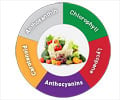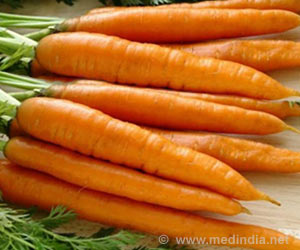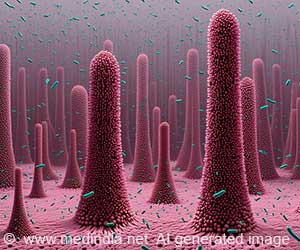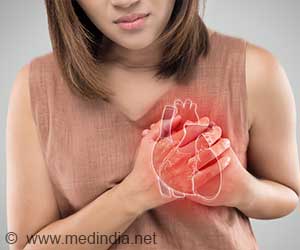Carotenoids and alkylresorcinols were used as objective biomarkers to assess the validity of two dietary assessment tools, the Riksmaten method and MiniMeal-Q.
- Carotenoids and alkylresorcinols were used as objective biomarkers of diet quality in two web-based dietary assessment tools.
- The dietary assessment tools are a 4-day food record tool (the Riksmaten method), and a food frequency questionnaire (MiniMeal-Q).
- Objective biomarkers are used instead of self-reported data to minimize reporting bias.
- The study examines the ability of the two web based dietary assessment methods to capture habitual dietary intake.
TOP INSIGHT
Objective biomarkers of dietary intake could play an important role in nutrition research.
MiniMeal-Q: This is a web-based food frequency questionnaire, which is semi-quantitative in nature and includes five portion size options. It has a dynamic structure and includes between 75 to 126 food items.
For both the above mentioned methods, the energy and nutrient intakes were calculated as the average intake of unit/per day.
What is the Study About?
- A study was conducted to examine the ability of the two self-reported methods to capture habitual dietary using objective biomarkers.
- Intake of fruits and vegetables was detected using carotenoids as biomarkers, whereas for whole grain wheat and rye intake, alkylresorcinols were used as biomarkers. This study is one of the first validation studies to use alkylresorcinols as objective biomarkers of whole grain wheat and rye intake.
- It included 200 individuals from the pilot study of the Swedish CArdioPulmonary bioImage Study (SCAPIS), which is a prospective, multicenter observational study.
- Participants were subjected to the MiniMeal-Q questionnaire and introduced to the web-platform of the Riksmaten method.
- In both the methods, the total amount of fruits and vegetables consumed was calculated.
- High-performance liquid chromatography (HPLC) was used to determine the plasma concentration of carotenoids (lutein, zeaxanthin, β-cryptoxanthin, lycopene, α-carotene and β-carotene) and used as biomarkers of fruit and vegetable intake.
- Alkylresorcinol homologues, which were used as biomarkers of whole grain wheat and rye intake, were quantified using gas chromatography mass spectrometry (GC-MS).
- It was seen that the correlations between energy-adjusted fruit and vegetable intakes and plasma carotenoid concentrations (except lycopene) were higher amongst women than men in both the methods. Upon comparison of consumption of whole grains, women reportedly had a slightly higher intake in MiniMeal-Q compared to the Riksmaten method, 25.6 g/day and 19.3 g/day, respectively whereas no differences between the methods were seen for men.
- The correlation coefficient between energy-adjusted intake of whole grain and alkylresorcinols was reported to be higher by the Riksmaten method than by MiniMeal-Q. All correlations were statistically significant except for men in MiniMeal-Q.
- Both dietary assessment methods were able to capture dietary intake based on food groups with a similar precision.
- Agreements with objective biomarkers varied from low to moderate and seemed to depend on gender and diet quality indicator.
- Both web-based assessment methods could capture fruit and vegetable intake in a satisfactory manner, especially for women. however, the performance of whole grain wheat and rye assessment was not quite adequate.
- Biomarkers and the dietary assessment methods could reflect different time dimensions to some extent, and that blood samples used for biomarker analyses were sampled up to 5 weeks from collecting dietary intake data.
- The biomarkers have a relatively short half-life which could lead to substantial within-person random variation in the biomarker concentrations measured.
- Sanna Nybacka et al; Carotenoids and alkylresorcinols as objective biomarkers of diet quality when assessing the validity of a web-based food record tool and a food frequency questionnaire in a middle-aged population; BMC Nutrition 2016; DOI: 10.1186/s40795-016-0094-2
 MEDINDIA
MEDINDIA





 Email
Email




